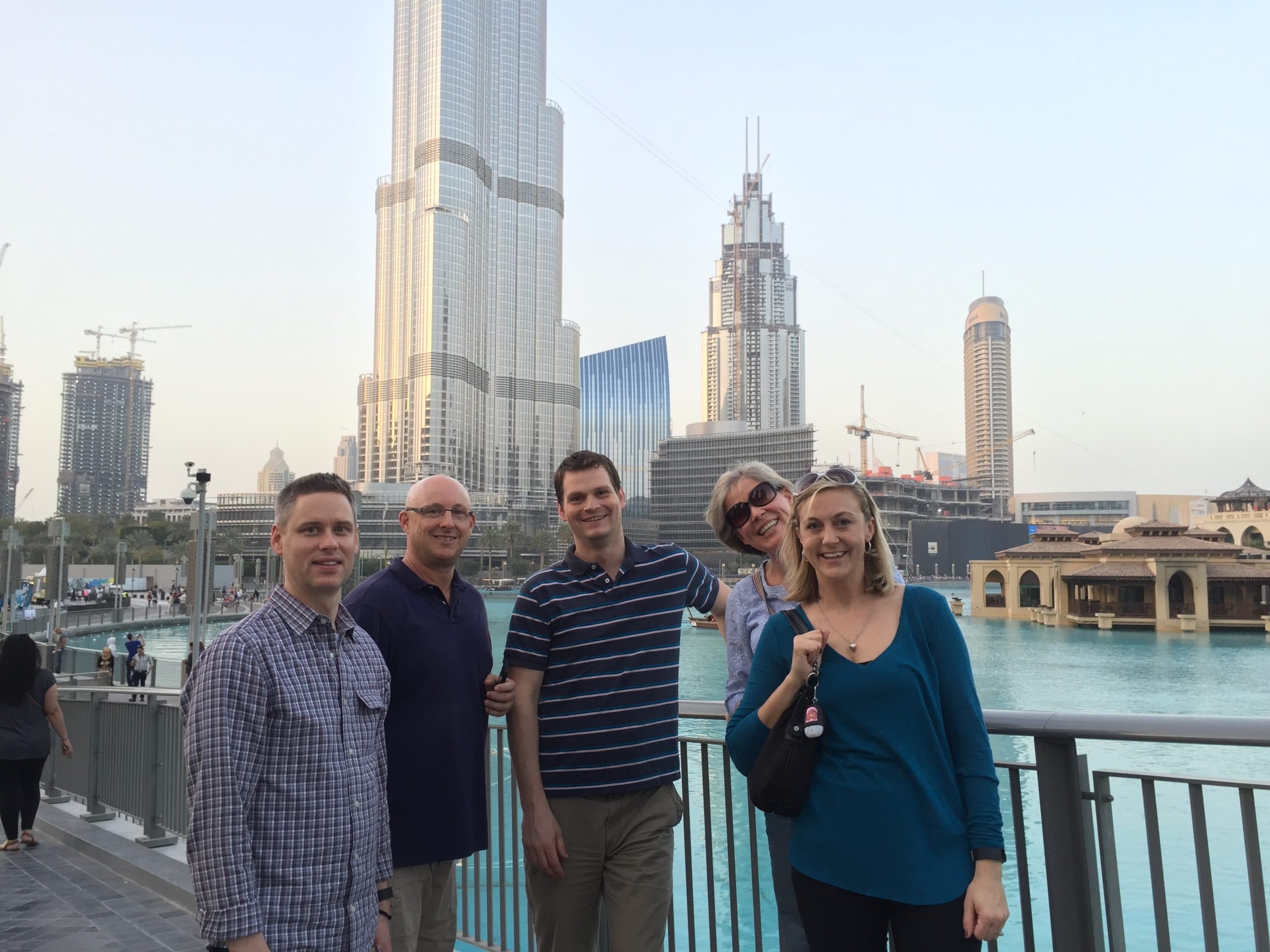In a world where the HR function delves into “break-a-thons” and innovation doesn’t hold the competitive advantage it once did, it can get harder for talent acquisition organizations to continue delivering value. Add to that a global, transforming talent workforce and you have a twofold challenge to get the job done.
None of this should be discouraging, but rather a unique opportunity to offset a long dreaded image of recruiting as commodity. There are key lessons that are translatable and can help talent acquisition organizations pave the way toward a more contemporary era (something I’ll talk more about at the fall ERE event for fellow talent leaders).
Find Focus – Keep Focus – Flex
It’s easy to get caught up in “hyper speed” or organizational matrices without ever really knowing where you’re headed. Whether it’s work that doesn’t add value or organizational smokescreen, define a “true north.” This can be done by focusing on aligning talent acquisition goals to outcomes the business wants to achieve. The closer the alignment, the easier it is to both keep focus and know when to flex. Take a minute, reflect, and look around — don’t let “too big” or “too fast” get in the way of removing work that doesn’t make sense.
You Can’t Do Everything; Accept It
In innovation today, there’s a focus on doing a couple of things great. Applied to talent acquisition, this could mean practices that are either “big swings” or “quick wins.” Each year in GE, we establish key projects that address critical areas and have relevant organizational impact. Most recently, this included an elevated focus in our sourcing and executive search capability as we proactively hunt for passive talent. Underpinning all of this is a move to contemporize our recruitment technology as we integrate and streamline our user experiences and analytics teams.
Act With Speed, Ask for Forgiveness
In a company like GE, this has to be one of the lessons learned that’s hardest to navigate. Sometimes our hierarchy and “the way we used to work” clouds our ability to be nimble and fast. We can address it by reducing the amount of prep meetings and stakeholders that are involved. We encourage our teams to tackle problems with solutions that are “MVP” — most viable product — to embrace speed and learning with error or failure.
Scale, But Right
With focus, speed, and knowledge of what you can and can’t do, build teams to respond to the priorities that are established for the year. At GE, one challenge is to cultivate candidate interest, sometimes well ahead of any visible company investment in the region. This need to scale happens time and time again. Our approach has been to create centers of excellence globally, allowing us to establish the intelligence that’s needed to respond swiftly as we build strategically, using an existing framework of people, processes, and tools. A few years back our strategy was about building out our capability and leadership in our growth and emerging markets. We established our Global Growth & Operations structure to accelerate our pace. Now our focus is on becoming the premier digital industrial organization … we are scaling in alignment of those goals.
Empower and Collaborate
In order to enable collaboration and drive accountability, people need to be set in flight, free to question, test, fail, and start again. Letting teams be the owners embraces the spirit of entrepreneurship, at whatever size or scope it happens. Rewarding drive and creativity allows us to grow and retain our talent.
It’s the last point that really resonates with me personally as a leader in the talent acquisition space. A key piece to the enablement and empowerment is effective and active listening. I saw a quote on LinkedIn recently attributed to a gentleman by the name of Andy Stanley. It really summarizes how I have built teams that continue to inspire and motivate me:
Leaders who don’t listen will eventually be surrounded by people who have nothing to say.
